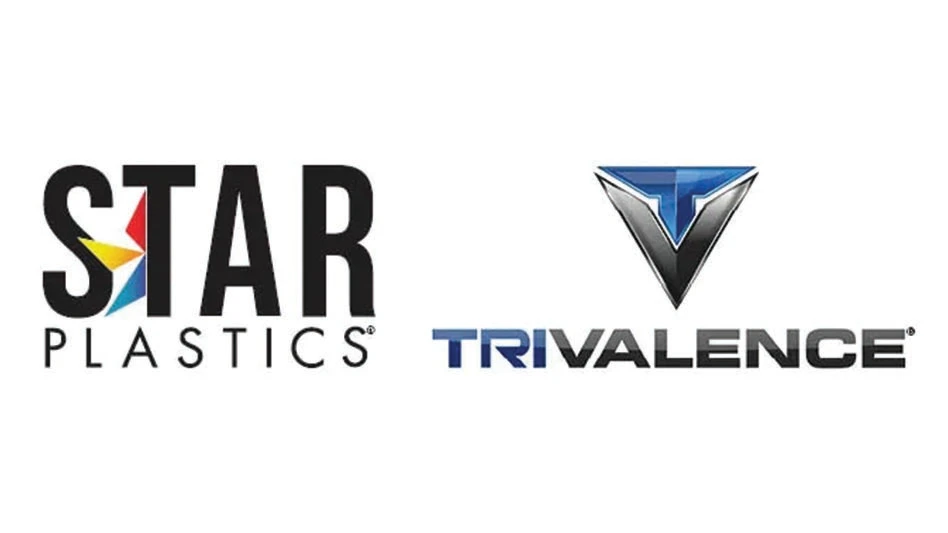
© Budimir Jevtic / stock.adobe.com

Scrap tire generation is outpacing end market development slightly. The Washington-based U.S. Tire Manufacturers Association (USTMA) released its “2019 Scrap Tire Management Report” in mid-October. According to the association’s latest data, about 76 percent of scrap tires were recycled into new products in 2019. However, this figure is down from 96 percent in 2013, when scrap tire recycling reached its peak.
John Sheerin, director of end-of-life tire programs at the USTMA, says this downward trend is driven by end market growth failing to keep pace with increasing scrap tire generation.
“Overall, end markets have remained fairly robust,” says Sarah Amick, USTMA senior counsel and vice president of environment, health, safety and sustainability. “The challenge that we’re seeing in this report is that [end markets] are not growing at the same rate as annual generation.”
The USTMA’s latest report indicates that scrap tire generation grew 7 percent in 2019 compared with 2017 data, but the actual number of scrap tires recycled has not changed significantly since 2017.
Sheerin says fewer scrap tires are expected to be generated in 2020 because of the recession caused in part by the COVID-19 pandemic. “We would expect the passenger light truck tire [generation] to be down maybe 5 percent” in 2020, he says. “But it’s not a devastating decrease.”
Mark Rannie, the vice president of Baltimore-based Emanuel Tire LLC, says his company experienced a drop off in scrap tire generation in April and May. He says, “People weren’t on the road. We were down to 40 percent capacity.”
However, he adds, scrap tire generation crept back up to normal levels by August and September.
Scrap tire stockpiles remain an issue, as well. The USTMA reports that 56 million scrap tires were stockpiled in 2019, with Sheerin adding that Texas alone had 14 million scrap tires stockpiled last year. He says a lack of end markets is part of the reason tires are stockpiled in some regions of the United States.
“We’re working with a lot of different groups to try to get those stockpiles eliminated,” he says. “We’ve been working with our state partners to encourage them to use funds that are collected for scrap tire management for their intended purpose.
He adds, “It’s really about growing market development.”
End markets for scrap tires have not changed much in recent years, Sheerin says. Tire-derived fuel (TDF), ground rubber and civil engineering remain the main end markets. He says demand for ground rubber from scrap tires has increased, specifically for use in rubber-modified asphalt.
Rubber-modified asphalt
When looking at ground rubber markets, USTMA and recyclers alike express optimism around opportunities to use scrap tires in rubber-modified asphalt. According to USTMA’s data, ground rubber markets grew slightly in 2019 compared with 2017, with a significant uptick for rubber-modified asphalt. USTMA’s “2019 Scrap Tire Management Report” states that end markets for rubber-modified asphalt grew 50 percent in 2019 compared with 2017.
Amick says rubber-modified asphalt offers benefits in roadways compared with other materials, such as reductions in noise, cracking and rutting. Rubber-modified asphalt roads also last longer and tend to produce less tire wear than other materials do. “There are true environmental and performance benefits from putting rubber in roadways,” she says.
Sheerin and Amick say they expect to see more opportunities to grow rubber-modified asphalt markets but add that some challenges exist.
Sheerin notes that some state specifications do not allow the use of rubber-modified asphalt. “We’ve been working with our state partners to encourage departments of transportation to modify their specifications and open up markets of competition on new, innovative materials,” he remarks.
Sheerin adds that some states are testing the use of rubber-modified asphalt in their roads, including Virginia and South Carolina. Other states continue to use rubber-modified asphalt, such as California, Illinois and New Jersey.
Recyclers also have noticed growth potential in rubber-modified asphalt markets in recent years. “We’ve been after rubberized asphalt on a national level for some time now,” Rannie of Emanuel Tire says, adding that he is involved with a task force at the Institute of Scrap Recycling Industries (ISRI), Washington, examining this opportunity.
ISRI has developed a website designed to educate the public on end market opportunities for scrap tires, Rannie says, with a goal of adding more details on rubber- modified asphalt to that site.
Doug Carlson, vice president of asphalt products at Pittsburgh-based Liberty Tire Recycling, says he has noticed more states have been ready to embrace rubber-modified asphalt use in recent years. “Rubber is a really valuable engineering tool to prevent both rutting and cracking” in roads, he says.
Carlson says Liberty Tire Recycling recently participated in a county road project in Coffee County, Alabama, that used about 1,600 passenger tires and about 570 tons of recycled asphalt mix. He says that project used a new way to design pavements called “balanced mix design,” which is an approach to designing asphalt pavement mixtures to achieve a balance between rutting and cracking resistance. The approach seeks to optimize mixture performance using simple mixture performance tests.
Balanced mix design “should translate to a big uptick in the use of rubber nationwide as various agencies adopt this special provision or design protocol,” Carlson says.
He adds, “I feel the rubber industry and rubberized asphalt industry have really addressed a lot of the technical problems related to how to put rubber into asphalt material and make sure it works.”
Liberty’s SmartMix material is a newer product that it has been selling directly to asphalt mix plants, Carlson adds. He describes that material as a “reacted rubber particle technology” that can be added to asphalt mixes without causing swelling issues. In the fall of 2019, he says, Liberty was able to go into large-scale production, manufacturing about 1 ton per hour of the SmartMix.
Future opportunities
Sheerin says he is optimistic about the outlook for scrap tire markets, but some work needs to be done to develop end markets in the near-term future.
“We’re still glad that scrap tires are one of the most recycled consumer commodities in the country at almost 76 percent, which is a higher rate than most other consumer materials and far better than some of the difficult-to-recycle materials,” he says. “Scrap tires, let’s be honest, are difficult to recycle. However, our objective is to see 100 percent of scrap tires going to sustainable circular markets. Clearly, we have some work to do, and that’s why we’re calling on our partners at the federal and state level and industry recyclers to redouble our efforts to expand the end markets in the U.S.”
Get curated news on YOUR industry.
Enter your email to receive our newsletters.

Explore the November 2020 Issue
Check out more from this issue and find your next story to read.
Latest from Recycling Today
- LG details recycling activities
- Algoma EAF is up and running
- Toyota-Tsusho completes acquisition of Radius Recycling
- CATL, Ellen MacArthur Foundation aim to accelerate circular battery economy
- Commentary: Expanded polystyrene is 98 percent air, 2 percent plastic and 100 percent misunderstood
- AMCS appoints general manager for North America
- How tariffs, regulations affect LIBs recycling in US, EU
- Schwan Cosmetics introduces packaging free of styrene, ABS






